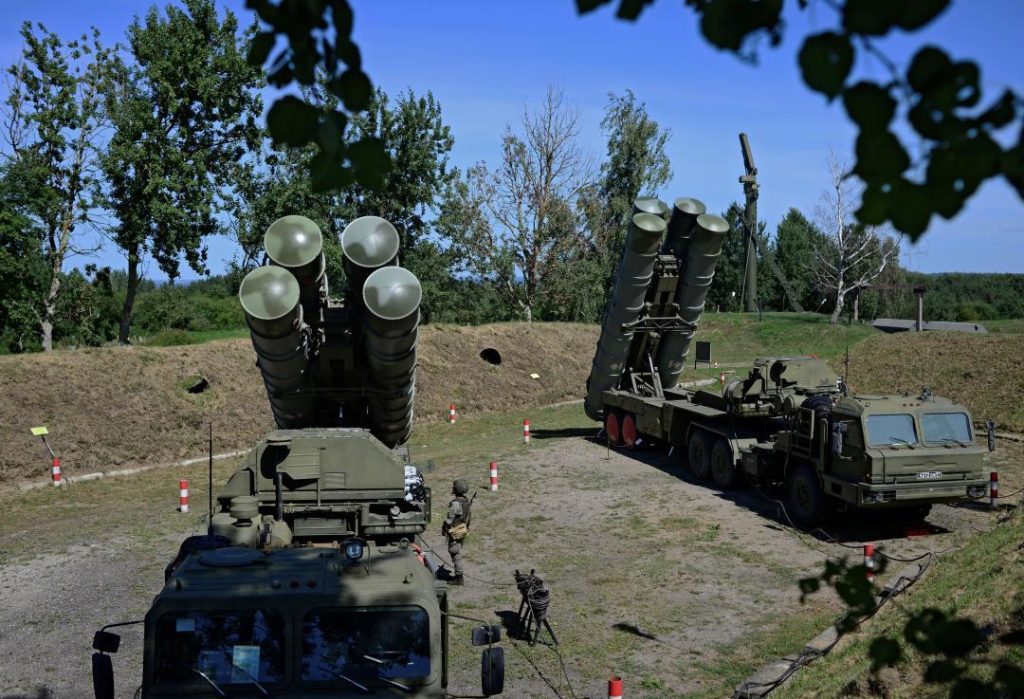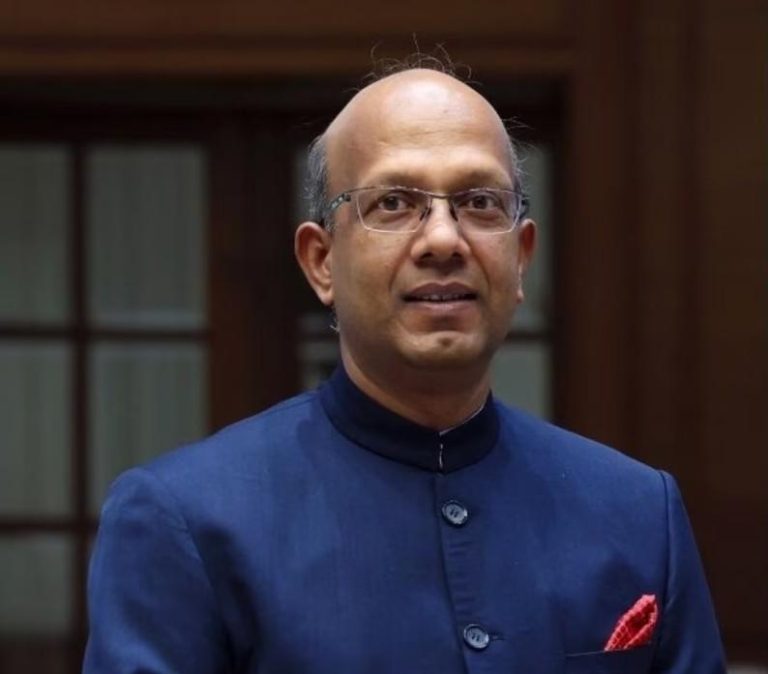
Title: India Bought S-400 Air Defence Units from Russia in 2018 Despite US’ Threat of Sanctions
In 2018, India signed a monumental deal with Russia worth $5.43 billion to procure five S-400 air defence units. This strategic move was met with stern warnings from the United States, which threatened India with sanctions under the Countering America’s Adversaries Through Sanctions Act (CAATSA) in an attempt to deter countries from buying Russian military equipment. Despite these threats, India went ahead with the deal, and the S-400s have since proven to be a game-changer in the country’s air defence capabilities.
The S-400 Triumf, also known as the SA-21 Growler, is a highly advanced air defence system that is capable of detecting and destroying multiple targets simultaneously, including aircraft, cruise missiles, and ballistic missiles. The system is equipped with state-of-the-art radar and command systems, making it one of the most sophisticated air defence systems in the world.
India’s acquisition of the S-400s was a strategic move to counter the increasing aerial threats from Pakistan. In recent years, Pakistan has been using drones to launch attacks on Indian cities, including the capital New Delhi. In response to these attacks, the Indian Air Force (IAF) has been using its own air defence systems to neutralize the threats. However, the S-400s have proven to be a more effective solution, as they are capable of detecting and destroying multiple targets simultaneously.
The S-400s have been used by the IAF to counter aerial threats from Pakistan on several occasions. In February 2022, the IAF used the S-400s to shoot down several Pakistani drones that were launched against multiple Indian cities. The drones were reportedly carrying explosives and were intended to cause widespread damage. However, the S-400s were able to detect and destroy the drones before they could cause any harm.
The success of the S-400s in neutralizing aerial threats from Pakistan has been widely hailed as a major achievement for the IAF. The system has been praised for its accuracy and effectiveness, and has been credited with saving countless lives and preventing significant damage to infrastructure.
Despite the success of the S-400s, the deal was not without controversy. The United States had threatened India with sanctions under CAATSA, which was passed in 2017 to punish countries that engaged in significant transactions with Russian defence and intelligence sectors. The US had warned India that the S-400 deal would have serious consequences for its relationship with Washington, and would likely lead to sanctions and other punitive measures.
However, India refused to back down, and went ahead with the deal. The Indian government had argued that the S-400s were necessary to ensure the country’s national security, and that the deal was essential for the country’s defence and strategic interests.
The S-400s have also been seen as a major blow to the US’ efforts to persuade India to join its anti-China coalition. The US had been trying to persuade India to join its efforts to counter China’s growing military power, but India had been reluctant to do so. The S-400s have been seen as a major factor in India’s decision to maintain its neutrality in the regional security dynamics.
In conclusion, India’s acquisition of the S-400 air defence units from Russia in 2018 was a strategic move to counter the increasing aerial threats from Pakistan. Despite the threats of sanctions from the United States, India went ahead with the deal, and the S-400s have since proven to be a game-changer in the country’s air defence capabilities. The success of the S-400s has been widely hailed, and has been credited with saving countless lives and preventing significant damage to infrastructure.






